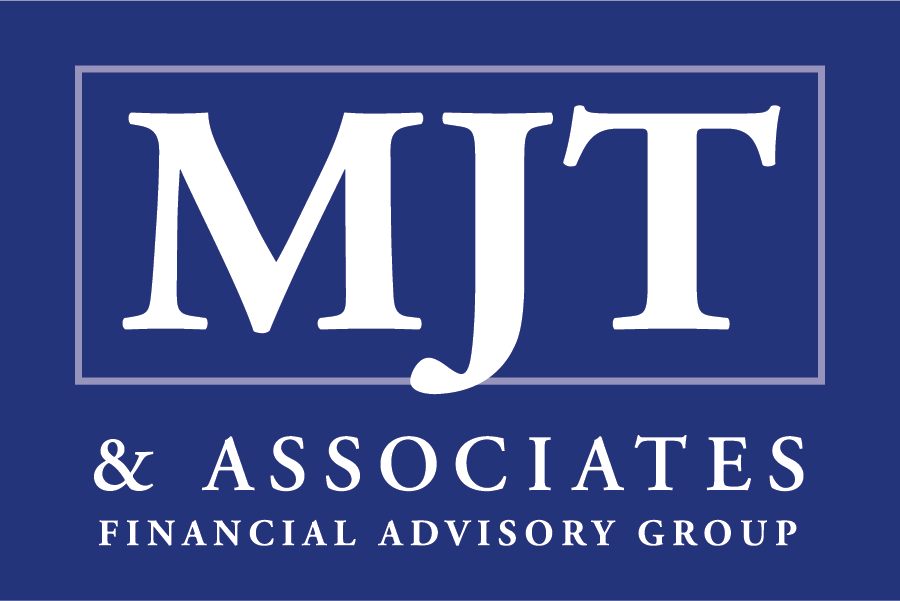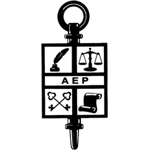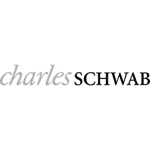Receiving your first pension payment can feel like crossing the finish line after decades of work. It’s a reward you’ve earned—but it can also trigger a series of tax surprises if you’re not prepared.
Many retirees assume their pension income will be straightforward. In reality, the taxes on your first pension check can create ripple effects across your retirement income plan. A single misstep—especially in your first year of receiving payments—can lead to pension tax mistakes that cost thousands over time.
Before you start collecting, it's essential to understand how pensions are taxed and how to avoid common pitfalls that catch many new retirees off guard.
Understanding How Pensions Are Taxed
Most pensions are taxable at the federal level, and depending on where you live, they may also be taxed at the state level. If you made pre-tax contributions to your pension, the entire distribution is typically taxed as ordinary income. If you contributed after-tax dollars, only the earnings portion is taxable.
Knowing your “basis”—the portion of your pension that was funded with after-tax dollars—is key. If you’re unsure whether your pension includes after-tax contributions, your plan provider or a financial advisor can help determine it.
Now, let’s explore four of the most common pension income tax traps that retirees face—and how to avoid them.
Trap #1: Withholding Mistakes
When you first begin receiving pension income, you’ll be asked how much tax you want withheld. Many retirees either leave the default in place, choose zero withholding, or select an amount that doesn't reflect their actual tax situation.
This often leads to a large tax bill come April, particularly if you're also drawing from other income sources like IRAs, Social Security, or part-time work.
What to Watch:
- Don’t assume the default withholding is enough.
- Consider how your total income for the year will affect your tax bracket.
- Work with your advisor to calculate a customized withholding strategy that matches your broader retirement income plan.
Trap #2: Overlapping with Other Income Sources
It’s common for retirees to start their pension, begin Social Security, take IRA withdrawals, or even take on part-time work—all within the same year. Each of these income streams is taxable, and together, they can stack your income higher than expected.
This can push you into a higher federal tax bracket and result in paying more than necessary.
The Risk of “Bracket Creep”:
For example, if you take your first pension check in the same year you begin Required Minimum Distributions (RMDs) and claim Social Security, you may cross into the next tax bracket unintentionally.
Careful timing—especially in the first few years of retirement—can help you avoid these kinds of tax overlaps.
Trap #3: Medicare IRMAA Impacts
Higher income in retirement doesn’t just mean more taxes—it can also raise your Medicare premiums.
The Income-Related Monthly Adjustment Amount (IRMAA) is a surcharge added to Medicare Part B and Part D premiums for individuals whose income exceeds certain thresholds. Your first pension check could be enough to push you into a higher IRMAA bracket.
Why It Matters:
- IRMAA is based on your Modified Adjusted Gross Income (MAGI) from two years prior.
- If your pension payout is large or combined with other income, you may pay significantly more for Medicare.
A strategic approach to how and when you take income from your pension—and how it interacts with other accounts—can help you stay under key IRMAA thresholds.
Trap #4: Not Coordinating Spousal Taxes
Married couples entering retirement often have two income sources to manage. If both spouses are drawing pensions, Social Security, or retirement account distributions, the combined tax picture can get complicated quickly.
Many couples file jointly in retirement, but filing separately can sometimes lower Medicare surcharges or manage specific tax issues. However, it may also limit deductions or credits.
Coordination Is Key:
- Consider both incomes and how they interact.
- Analyze how filing status affects your federal and state taxes.
- Look at how your pension interacts with your spouse’s Social Security and other income sources.
Conclusion: The First Pension Payout Is a Tax Milestone
Your first pension check isn’t just a payment—it’s a tax milestone. How you handle it sets the tone for the rest of your retirement income plan.
At MJT & Associates, we help clients coordinate pension payouts with other income sources, tax strategies, and healthcare planning. We look beyond the pension itself and help you minimize tax drag, avoid costly surprises, and make the most of every dollar.
If you're approaching retirement—or have already started receiving pension income—now is the time to review your tax strategy.
Let’s make your retirement paycheck work smarter for you.











